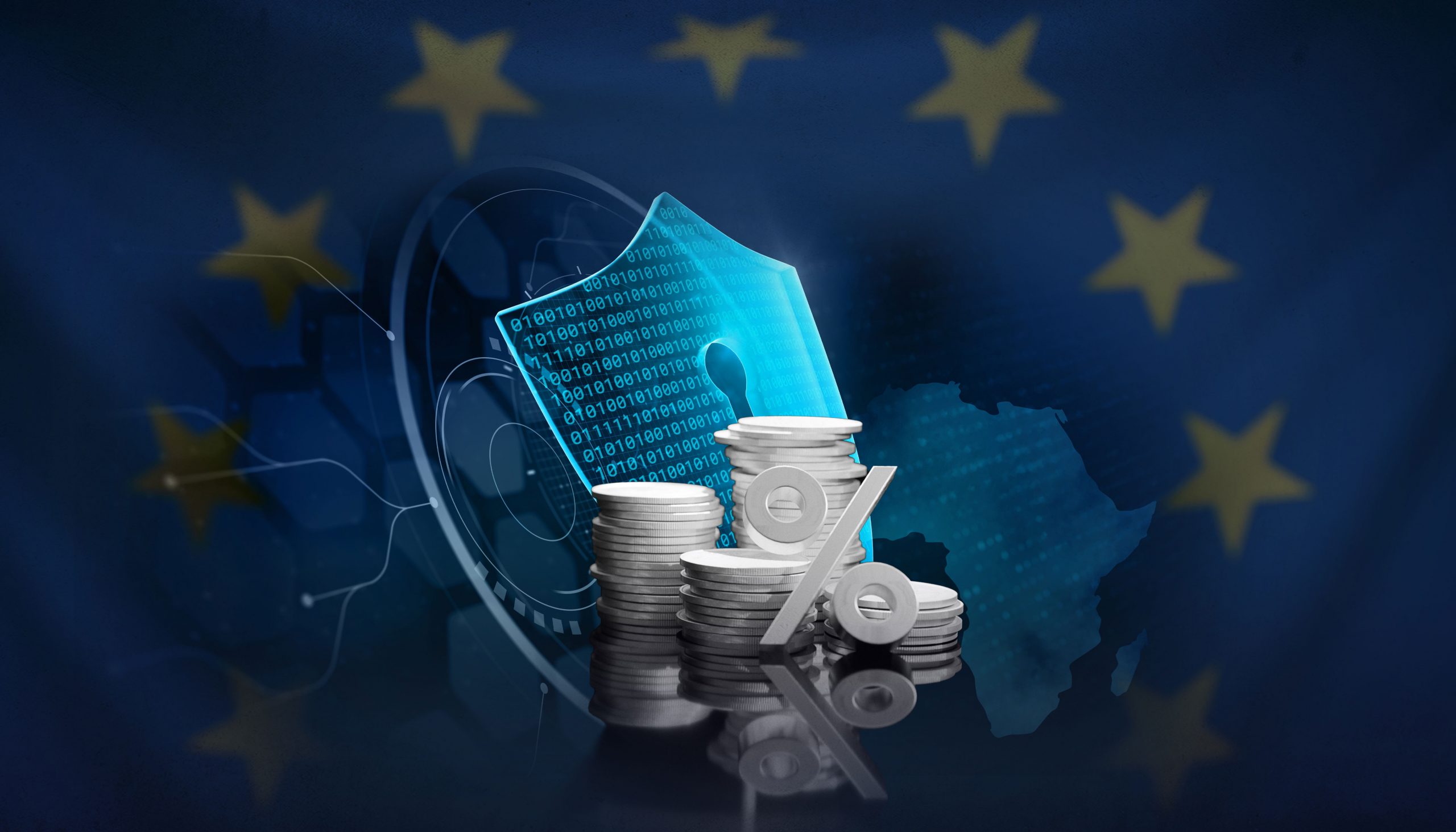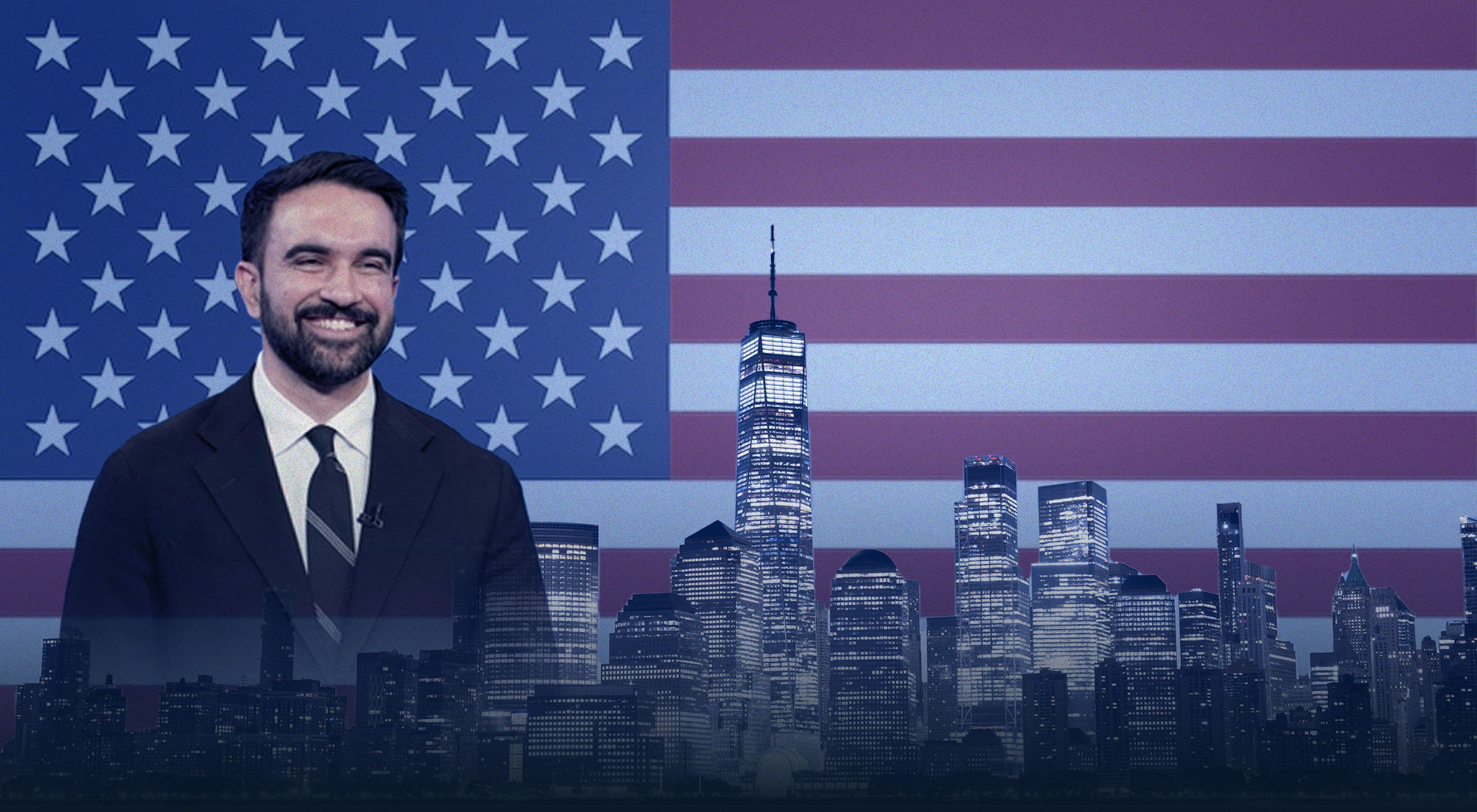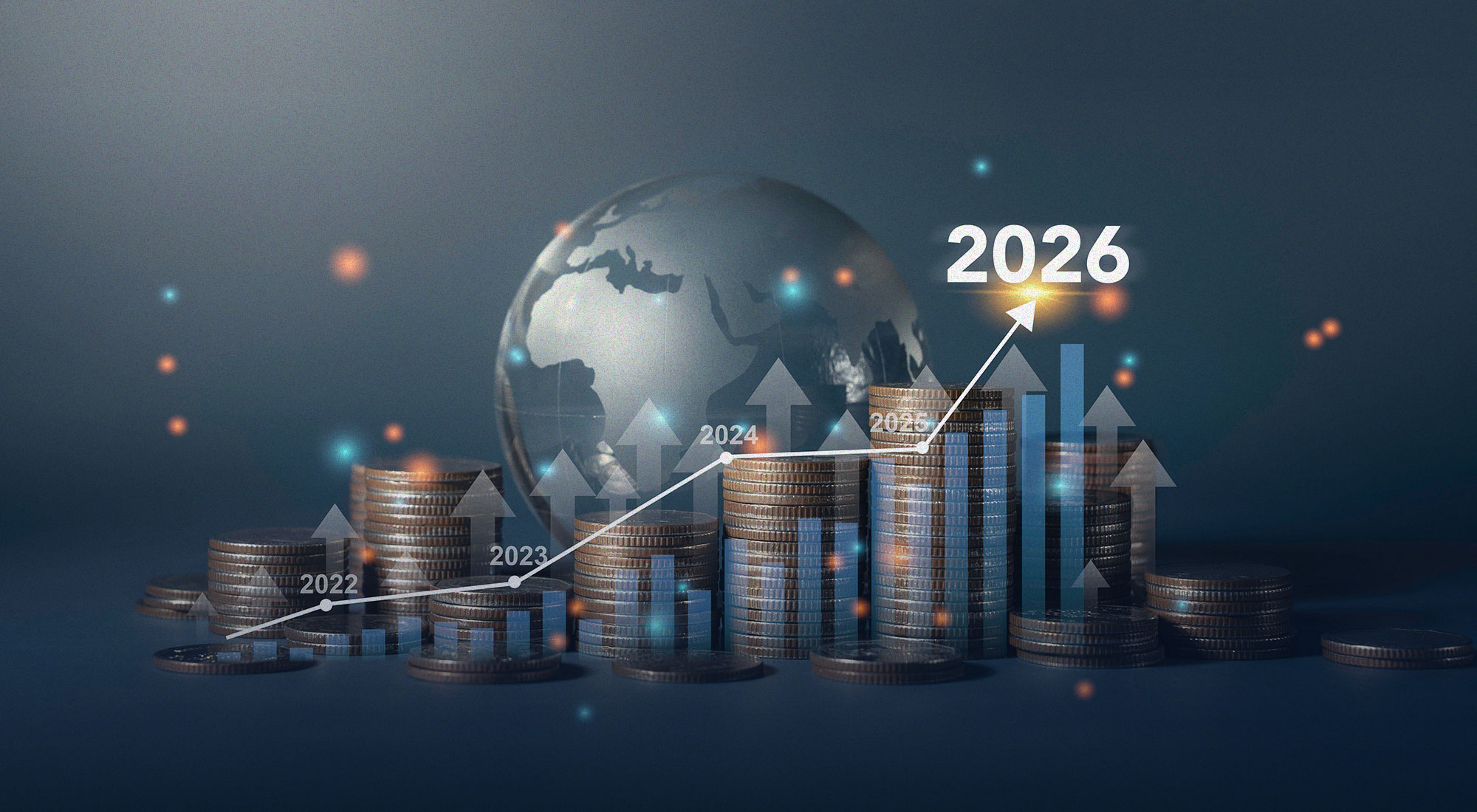Sri Lanka is experiencing its worst ever economic crisis. Over the past year, the island has endured long queues for essential commodities ranging from sugar, flour, milk powder, and medicines. The queues lasting days have been for cooking gas and gasoline amidst a hellscape of flaring tempers and occasional fisticuffs.[1] Sadder still, nearly a score has died while standing in such lines.
The gasoline scarcity has especially undermined livelihoods. If the cooking gas shortage has forced restaurants to close—on top of families resorting to wood-fired stoves—the gasoline shortage has prevented farmers using machinery, children getting to school, fishermen going out to sea, taxi drivers catering to tourists, and autorickshaws plying the streets. In short, it has wrecked the economy.[2]
Scarcity has led to rationing (with, for instance, motorcyclists allowed only four liters and autorickshaws allowed between four to five liters of gasoline). But this leads to hoarding, which leads to even more scarcity. Inflation makes such hoarding rational and justifiable – and profitable too. Thus, autorickshaw drivers in particular are selling their gasoline on the black market for five and six times the official price.[3]
The island dealt with food queues in the mid-1970s, but back then it was a country yet to embrace an open market and, therefore, less dependent on fuel and imports. For instance, during this time bullock carts were a common sight on the island’s streets while only relatively wealthy homes had refrigerators. Television was nonexistent. Today, the vast majority own some sort of vehicle (ranging from scooters to motorcycles to autorickshaws) and it is hard to find a home without a television. The agricultural sector is also more mechanized than ever, so fuel shortages are disrupting individual livelihoods, household operations, and industrial production.
Sri Lanka’s population in the mid-1970s was under 14 million,[4] which means that today one third of its 22 million people is experiencing shortages for the very first time in life. How did this country that recently went from low-income status to middle-income status crumble so quickly? Simply put, Sri Lanka’s present economic crisis stems from self-inflicted policies made worse by global events beyond its control, with nationalism and corruption contributing in no small measure to the island’s tragedy.
The road to ruin
Sri Lanka has long lived beyond its means, evidenced by the budget deficits the country racked up since independence in 1948. The 16 IMF plans—with the country now negotiating its 17th plan—over this period further testify to this. Over the long term, one may identify four overarching and interrelated factors that helped bring the country to this point.
While Sri Lanka, among developing states, long ranked high on the Human Development Index, this was thanks to successive governments providing free education, health care, and subsidized rations. Some food staples were provided for free and, until this economic crisis hit governments, also implemented well-functioning nutritional programs to expectant mothers and mothers with malnourished children. Related to this are subsidized services, ranging from fuel to electricity. These popular welfare programs helped create a population better educated and healthier than those in the rest of South Asia, but it also increased deficit spending and debt.
A second contributing factor is ethnocracy. Sri Lanka embraced an ethnocentric trajectory beginning in the mid-1950s, and this led to anti-minority policies geared towards empowering the Sinhalese Buddhist majority. Such empowerment was partly done by incorporating more and more Sinhalese into government service, so that the country currently has more than 1.5 million state employees even though it could manage with less than one half that amount.[5] Many among these redundant employees are either in the military, which currently sucks up around $1.5 billion,[6] or working for the nearly 400 mainly loss-making state-owned corporations.[7] Thus, the wastage rooted in the country’s ethnocracy has also contributed to its fiscal woes.[8]
Third, the civil war stemming from successive governments’ racist policies toward the Tamil minority[9] only added to the debt, as the country countered well-armed Tamil rebels.[10] The nearly three-decade long war ended in 2009 with the separatist forces decimated,[11] but it brutalized the island even as it further consolidated Sinhalese Buddhist majoritarianism.[12]
The conflict’s ethnoreligious nature made it easier for corrupt politicians to mask their malfeasance by emphasizing sovereignty and security. This was especially so under President Mahinda Rajapaksa, who together with family members and cronies took predation to new heights. By overseeing the defeat of the Tamil rebels, Mahinda Rajapaksa (president from 2005 to 2015) and his younger brother Gotabaya Rajapaksa (Secretary of Defense between 2005 and 2015 and president from November 2019 to July 2022) solidified their credentials as Sinhalese Buddhist nationalists. And post-war, they eagerly resorted to Islamophobia and anti-Muslim politicking to burnish their nationalist credentials.[13] Their quest to create a political dynasty combined with the family’s insatiable greed also saw them pursue some useless infrastructure projects. These range from a 35,000-seat cricket stadium in the Rajapaksa backwaters of Hambantota that has hosted only 26 games since 2011, a nearby airport that sees more visits from snakes and elephants than planes, and an empty conference center that seats 1,500—because those in Hambantota have no use for such a facility.
The project in Hambantota that has garnered the most attention is the $3 billion plus port, which Sri Lanka was forced to lease to China for 99 years when it could not finance its debts. While the country also borrowed from Japan, India, and multilateral institutions, most white elephant projects were financed by China and private international investors that saw the island’s foreign debt balloon to $51 billion.
So broadly put, the welfare state, ethnocracy, attendant civil war, and rampant corruption all combined to generate unhealthy balance sheets over many years until five proximate causes in turn combined to unleash the current crisis.
Proximate factors
Tourism revenues, remittances from Sri Lankans employed abroad (especially in the Middle East), and exports helped the government deal with its debts until five events within three years fed off each other to unleash chaos. Two were self-inflicted, for which President Gotabaya Rajapaksa was directly responsible; the other three were exogenous.
Gotabaya Rajapaksa, whose presidential campaign capitalized on the 2019 Easter Sunday terrorist bombings,[14] instituted various tax cuts soon after he won elections in November that year. This policy, for which there was no demand in the island, saw the number of taxpayers go from 1,550,000 in 2020 to 412,000 in 2021 and led to a major reduction in government revenue.[15] Lower revenue led to increased printing of the local currency, which gradually led to inflation.
This was followed by a second addle-brained policy that banned chemical fertilizer in April 2021, reducing crop yields and causing farmers and their unions to protest the government. Gotabaya Rajapaksa’s election manifesto promised to make the island’s agricultural sector fully organic within ten years, but within a year of being elected exogenous factors had created a severe foreign currency shortfall and the ban was seen to save around $400 million in fertilizer subsidies.
The first such exogenous factor was COVID-19, which drastically diminished tourism revenues and remittances. While the government received plaudits for keeping deaths low amidst successful vaccination drives, attendant lockdowns, cash transfers, and vaccine purchases (amidst allegations of corruption) added to the burgeoning fiscal woes.
The second exogenous factor was the Ukraine War, which spiked food and energy prices globally and in Sri Lanka’s case also reduced the number of tourists from Russia and Ukraine.
The third exogenous factor was the interest rate hikes that developed states—especially the U.S. Federal Reserve—instituted to bring down inflation. While the spike in post-COVID-19 economic activity and the Ukraine War contributed to global inflation, it most severely affected developing economies that have dollar denominated debts and require dollars for imports. The consequences for Sri Lanka were worse because it was suffering from both a dollar and rupee deficit. Rising interest rates designed to tame inflation in developed economies also encourages investors to move money away from emerging markets, and countries like Si Lanka can do little against such flows.
Ultimately, numerous long-term and proximate factors coalesced to unleash Sri Lanka’s economic crisis. It could well take a decade before the politically dysfunctional country fully turns things around.
The road ahead
As noted above, the first to protest the government were farmers and their unions. Soon thereafter, the rising cost of living pushed teachers and others to also protest. Early this year, those from the middle classes lined the streets with placards and candles to show their disapproval. In March, a group of women belonging to the opposition mounted a noisy protest outside President Gotabaya Rajapaksa’s private residence, which forced him to thereafter stay in President’s House (the official presidential quarters). The following month, protestors set up camp outside the Presidential Secretariat (containing the offices of the executive) and branded the site GotaGoGama (gama referring to ‘village’ in Sinhala), thus demanding that the president abdicate. Not long after, a similar protest was mounted outside Prime Minister Mahinda Rajapaksa’s official residence even as smaller GotaGoGama protest sites were created throughout the island.
On May 9th, Mahinda Rajapaksa fled and resigned as prime minister. The violence between pro-Rajapaksa and anti-Rajapaksa protestors that accompanied his ouster saw 74 homes belonging to members of parliament torched.[16] Two months later, on July 9th, President Gotabaya Rajapaksa fled his official residence and soon thereafter resigned as well. The Rajapaksas had ruled Sri Lanka with an iron fist for most of the past twenty years, and their forced exit was humiliating to say the least.
Prime Minister and President Ranil Wickremasinghe
When Mahinda Rajapaksa fled, his brother President Gotabaya Rajapaksa picked Ranil Wickremasinghe to be the new prime minister. Wickremasinghe had been prime minister five times before, never completing a full five-year term. When prime minister between 2015 and 2019, he stymied investigations focused on Rajapaksa corruption, so his appointment was viewed with disgust. It was also considered politically illegitimate because Wickremasinghe and his United National Party (UNP) had become so unpopular that they failed to win a single seat during the August 2020 parliamentary elections. Wickremasinghe only entered parliament because the UNP qualified for a seat through the National List, which allocates parties additional representation based on their island wide votes. The protestors clamored for Wickremasinghe to also be removed, but when Gotabaya Rajapaksa fled, the pro-Rajapaksa forces in parliament instead voted to make him president.
Many leading protestors have ties to left-leaning unions and political parties, and Wickremasinghe’s pro-western and neoliberal leanings have long made him an unpopular figure among them. He was also accused of enabling torture and disappearances during a leftist insurrection in the late 1980s,[17] which adds to their hostility. The brutal way the main protest site outside the Presidential Secretariat was demolished and vacated within hours of Wickremasinghe being sworn in as president only reinforces the protestors’ negative perception of him. Wickremasinghe’s home was among those torched following Mahinda Rajapaksa’s ouster, and with protestors due to voluntarily vacate the premises, his decision to sanction the attack on them just hours after coming to power is now considered an act of vengeance. Condemned by most people in Sri Lanka and the international community, it complicates the politics Wickremasinghe must navigate to revive Sri Lanka’s economy.
The protestors call for radical political change, although the collective demands from differing constituencies smack of utopia. This noted, the government must ensure political stability and seek to institute reforms that would in the least mollify protestors who understandably feel that the grasping and predatory Rajapaksas continue to control affairs behind the scenes. This is because the Sri Lanka Podujana Peramuna (Sri Lanka People’s Front, SLPP), the party controlled by the Rajapaksa family, commands a clear majority in parliament and Ranil Wickremasinghe is dependent on it to run the country. So, in short, the protestors may have ousted Gotabaya and Mahinda Rajapaksa from the presidency and premiership, respectively, but they continue to dictate how parliament operates.
While Wickremasinghe’s appointment to president was procedurally legitimate—since the constitution dictates that the prime minister succeeds the president—his elevation is politically unpopular. This is because the presidential succession assumes the prime minister who replaces the president will have been elected to parliament, whereas Wickremasinghe came in through the National List. Furthermore, the protestors view Wickremasinghe as a Rajapaksa stooge, which is why they called for his ouster after he was made prime minister and now demand that he step down as president.
The new prime minister that Wickremasinghe appointed to succeed him is a strong Rajapaksa family ally, so if Wickremasinghe were to be ousted, Prime Minister Dinesh Gunawardena would replace him. In this sense, the Rajapaksas remain safe until the next presidential election is held in November 2024 and parliamentary elections are conducted in August 2025. Parliament can vote to dissolve itself, but this will not happen since most members know they will not be reelected. President Wickremasinghe can dissolve parliament in March 2023—after it has served two-and-a-half years of its term—and this is a possibility, given that Wickremasinghe has long coveted the presidency and doing so could legitimize and even extend his rule.
Many in the country—especially among the middle classes and business community—feel that Wickremasinghe ought to be given a chance to try and revive the economy. The more extremist elements within the protest movement have contributed to this sentiment. That noted, there is not much support for how the Wickremasinghe government is now systematically targeting protest leaders,[18] and such ham-handedness amidst continuing scarcities could threaten Wickremasinghe’s rule.
The pain ahead
Sri Lanka is currently in talks with the IMF and seeks about $4 billion over four years. The IMF, however, first wants the country to restructure its debts with creditors. China is one major creditor,[19] and it typically prefers to renegotiate, not restructure, debts.[20] China, however, recently agreed to work alongside other creditors and restructure Zambia’s debts, so this may provide a template for dealing with Sri Lanka. Further complicating matters is a court case filed by Hamilton Reserve Bank demanding Sri Lanka fully pay back over $250 million owed as part of an international sovereign bond.[21] Should the court rule in the bank’s favor, other creditors could refuse a haircut on their loans and demand that they too be paid in full.
The World Bank has called for Sri Lanka to produce a macroeconomic plan for the long term before it can aid the country, while the U.S. Senate Foreign Relations Committee has threatened against supporting IMF assistance unless Sri Lanka ensures central bank independence, institutes anti-corruption measures, and promotes the rule of law.[22] This in a country that the Rajapaksas especially ruled with impunity and where corruption is long ingrained. This also in a country where GDP will contract by nearly 8% this year[23] and most likely another 2% next year. Indeed, it could well take Sri Lanka four or five years to return to 2019 economic levels.[24]
Even if Sri Lanka achieves political stability relatively quickly—and this is a big if—achieving economic stability will most certainly take a few years and entail major sacrifices. It will require pruning the government sector, privatizing state-owned companies, allowing the rupee to free float, and eliminating or drastically reducing subsidies for electricity, fuel, and fertilizer (among other products). In short, Sri Lanka’s welfare state will need to be radically altered in ways that threaten livelihoods in the short term. It could all end up causing more instability, including ethnoreligious violence (given that many among its politicians are maestros at manipulating ethnoreligious divisions). Bluntly put, the island’s worst days may be ahead of it.
References
[1] Bharatha Mallawarachi and Paul Weisman, “Gas Lines and Scuffles: Sri Lanka Faces Humanitarian Crisis,” ABC News, July 9, 2022, https://abcnews.go.com/International/wireStory/gas-lines-scuffles-sri-lanka-faces-humanitarian-crisis-86524511.
[2] Andrew Fidel Fernando, “Sri Lanka Crisis: Daily Heartbreak of Life in a Country Gone Bankrupt,” BBC News, July 8, 2022, https://www.bbc.com/news/world-asia-62077109.
[3] At present exchange rates, this amounts to between $21 and $31 per gallon on the black market. See, “Fuel Mess Persists,” The Island, July 25, 2022, https://island.lk/fuel-mess-persists/.
[4] See, “Increases in Sri Lanka’s Population,” at https://countryeconomy.com/demography/population/sri-lanka?year=1975.
[5] “Only Traitors Won’t Accept Urgent Economic Reform Agenda Acceptable to IMF,” The Island, June 1, 2022, https://island.lk/only-traitors-wont-accept-urgent-economic-reform-agenda-acceptable-to-imf/.
[6] See, “Annual Government Spending on Defense in Sri Lanka from 2011 to 2020 (in billion U.S. dollars),” Statista, https://bit.ly/3vBPO6w.
[7] “Economic Crisis: Govt. MPs Slam Cabinet, Finance Ministry,” The Island, June 27, 2022, https://island.lk/economic-crisis-govt-mps-slam-cabinet-finance-ministry/.
[8] Neil DeVotta, “Sri Lanka’s Road to Ruin Was Political, Not Economic,” Foreign Policy, July 12, 2022, https://foreignpolicy.com/2022/07/12/sri-lanka-crisis-politics-economics-rajapaksa-protest/.
[9] Stanley J. Tambiah, Sri Lanka: Ethnic Fratricide and the Dismantling of Democracy (Chicago: University of Chicago Press, 1986); Walter Schwarz, The Tamils of Sri Lanka (London: Minority Rights Group, 1983).
[10] M. R. Narayan Swamy, Tigers of Lanka: From Boys to Guerrillas (Delhi: Konark Publishers Pvt Ltd., 1994).
[11] Neil DeVotta, “Liberation Tigers of Tamil Eelam and the Lost Quest for Separatism in Sri Lanka,” Asian Survey 49, no. 6 (November/December 2009): 1021-51.
[12] Neil DeVotta, “The Genesis, Consolidation, and Consequences of Sinhalese Buddhist Nationalism,” in When Politics are Sacralized: Comparative Perspectives on Religious Claims and Nationalism, eds., Nadim N. Rouhana and Nadera Shalhoub-Kevorkian (Cambridge: Cambridge University Press, 2021): 187-212.
[13] Neil DeVotta, “Religious Intolerance in Post-Civil War Sri Lanka,” Asian Affairs 49, no. 2 (July 2018): 278-300; Alan Keenan, “The Rise of Religious Extremism & Anti-Muslim Politics in Sri Lanka,” Global Issues, January 25, 2022, https://www.globalissues.org/news/2022/01/25/29895.
[14] Evidence piled up since the bombings strongly suggest that intelligence authorities eager to see Gotabaya Rajapaksa elected president colluded with the Islamic State-inspired Sri Lankan extremists to enable the attacks. See, Neil DeVotta and Sumit Ganguly, “The Religious Tensions Behind the Attacks in Sri Lanka: How Sectarianism Could Spin Out of Control,” Foreign Affairs, April 24, 2019, https://www.foreignaffairs.com/sri-lanka/religious-tensions-behind-attacks-sri-lanka; Daily Mirror, “Easter Sunday Attack Suspects Still Engage in Politics: Cardinal,” August 1, 2022, https://www.dailymirror.lk/top_story/Easter-Sunday-attack-suspects-still-engage-in-politics-Cardinal/155-242113.
[15] “Sri Lanka Lost Around 10 Lakh Taxpayers Since 2019 Tax Cuts: Finance Minister Sabry,” Outlook, May 6, 2022, https://www.outlookindia.com/business/sri-lanka-lost-around-10-lakh-taxpayers-since-2019-tax-cuts-finance-minister-sabry-news-195205.
[16] Sandun Jayawardana, “Govt. Plays Terrorism Card; Opposition Slams State Terror,” The Sunday Times, July 31, 2022, https://www.sundaytimes.lk/220731/columns/lobby/govt-plays-terrorism-card-opposition-slams-state-terror-490539.html.
[17] Dharmen Wickremaratne, “Demons of Batalanda: Who Was Behind Them,” Lankaweb, August 3, 2015, https://www.lankaweb.com/news/items/2015/08/03/demons-of-batalanda-who-was-behind-them/.
[18] Jehan Perera, “Representative Democracy Is to Heed the Voice of the People,” Colombo Telegraph, August 2, 2022, https://www.colombotelegraph.com/index.php/representative-democracy-is-to-heed-the-voice-of-the-people/.
[19] Sri Lanka owes China around $6.5 billion while some place the amount between $5 and $10 billion, which only points to the opaque and problematic nature of China’s loans to the island, especially during the Mahinda Rajapaksa presidency.
[20] Peter Coy, “China Is Playing Hardball with Troubled Debtors. That’s Dangerous for All of Us,” New York Times, July 22, 2022, https://www.nytimes.com/2022/07/22/opinion/china-debt-belt-road.html.
[21] Chris Dolmetsch, “Sri Lanka Sued by US Bondholder after Island Nation’s Historic Default,” Bloomberg, June 23, 2022, https://www.business-standard.com/article/international/sri-lanka-sued-by-us-bondholder-after-island-nation-s-historic-default-122062300224_1.html.
[22] “US Senate Foreign Relations Committee Says IMF Agreement with Sri Lanka Must Be Contingent on Key Reforms,” Colombo Page, July 3, 2022, http://www.colombopage.com/archive_22A/Jul03_1656825288CH.php.
[23] “Lanka’s Growth to Contract by 7.6% in 2022—ADB,” The Island, July 24, 2022, https://island.lk/lankas-growth-to-contract-by-7-6-in-2022-adb/.
[24] “SL Will Have to Bite the Bullet or Go Down Abyss: Dr. Coomaraswamy,” Daily FT, July 25, 2022, https://www.ft.lk/top-story/SL-will-have-to-bite-the-bullet-or-go-down-abyss-Dr-Coomaraswamy/26-737883.








